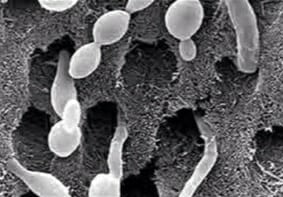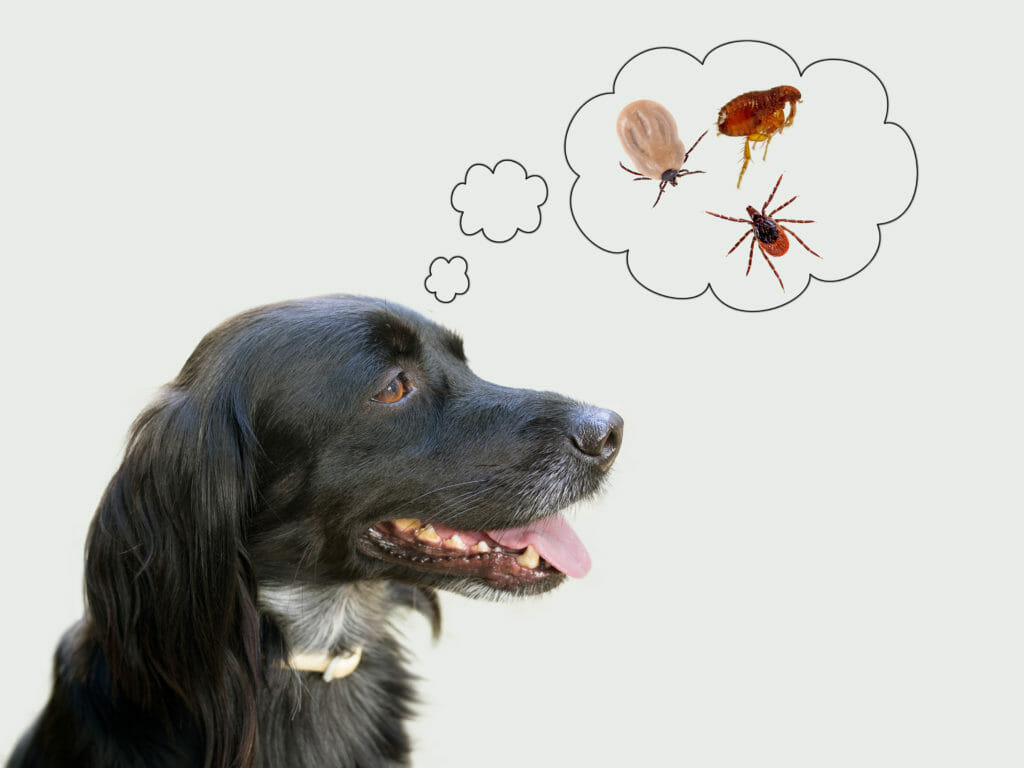As we discussed in last weeks blog, Dr. Cathy Buller and technician Becky Findley travelled to San Diego in June to learn techniques direct from veterinary board certified dental specialist Dr. Brooke Niemic. It was worth it! We now have the equipment and techniques to save your pet’s chipped and fractured teeth. Did you know that once the enamel is fractured or chipped off a tooth, it exposes literally millions of nerve endings per square millimeter? The image at the top left of this blog shows a highly magnified view of a tooth surface with enamel broken off, showing these tiny tubules. That means that every time your pet pants, drinks or eats these nerve endings say OUCH.
 Pictured to the right is a similar microscopic image depicting the second problem associated with chipped enamel. Those little tubules make perfect little canals for bacteria to enter the important inner tooth structures that would otherwise be shielded from bacteria. Over time, this allows bacteria to enter the root canal and cause serious periodontal disease that can require extraction. Dental radiographs help determine if this is a concern prior to a bonded sealant treatment.
Pictured to the right is a similar microscopic image depicting the second problem associated with chipped enamel. Those little tubules make perfect little canals for bacteria to enter the important inner tooth structures that would otherwise be shielded from bacteria. Over time, this allows bacteria to enter the root canal and cause serious periodontal disease that can require extraction. Dental radiographs help determine if this is a concern prior to a bonded sealant treatment.
Previously, many of these teeth required removal to stop the source of pain. Now, teeth that are normal on radiographs can be sealed. Dental sealants close the sensitive nerve endings from the environment and smooth the surface of the tooth so that tartar is less likely to accumulate. When bonded sealants are determined to be an appropriat treatment for a particular tooth, perhaps the best part is that when done during the course of a routine dental procedure, it is actually more economical than other than other treatments! It can also be much faster and less invasive with quick return to regular use of the tooth.




